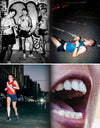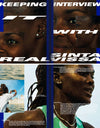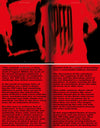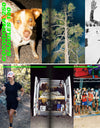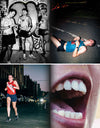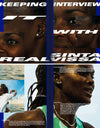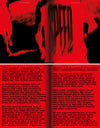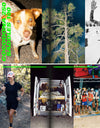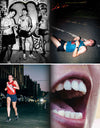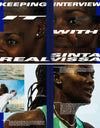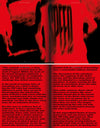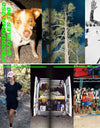Three years later I drove out of Silverton at 3:00 pm. The afternoon sun was hot and the air was dusty next to the road. I parked at a dirt road, grabbed one water bottle and a few gels, and started running uphill. I could hear the sound of the river and the rustling of the aspens, their green leaves looking faded in the bright sunlight. Running at 2,800 meters always feels hard, and I kept my head down and tried to find a rhythm.
My goal was to run 50km of the Hardrock course. I was training for the race myself now, and wanted to be prepared. I carried no watch and no cell phone. I didn’t even own a camera because I worried that taking pictures was too materialistic. I wanted to immerse myself in this place, this beautiful high Colorado landscape.
The road became a trail and then ended at the continental divide, which is the ridge that separates water flowing to the Pacific ocean from that flowing to the Atlantic. Hardrock crosses the divide twice, and by descending the other side I was setting out into the wildest and most remote part of the course. From that point it’s more than 15 kilometers until you cross back over the divide, but even then you are still on the wrong side of the mountains from Silverton. To get back home I had to descend to one of the lowest points on the course and then climb 1,400 meters to the highest point of the course – 4,284m Handies peak.





